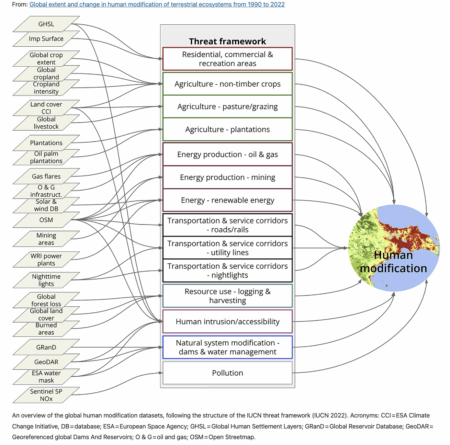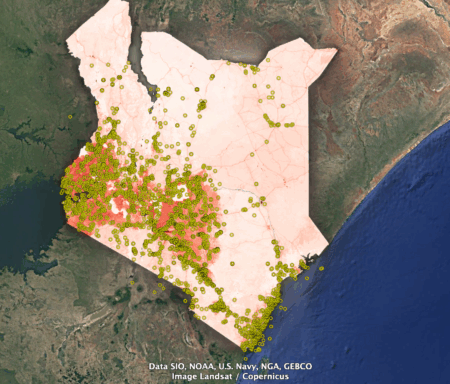How much trouble is agriculture facing because of climate change?
There are lots of studies out there that seek to predict the effects of changes in rainfall or temperature on the yield of this or that crop, in this or that part of the world. There are even plenty of studies that look at what might happen to a whole bunch of crops on a global scale.
But they pretty much all have the drawback that they don’t take into account that farmers could in fact adapt, whether by changing crop or variety, or the way they manage their crops, for example through more irrigation. They may end up doing ok, at least with some crops in some places.
That’s a pretty big drawback, because it makes it difficult to prioritize.
But it’s also difficult to know what do about it. Farmers could potentially do a million different things, and even neighbouring farmers might do quite different things. How do you figure out what the effect on yields will be of all these things, everywhere?
A major global study in Nature has just tackled the problem by forgetting about the “what” and focusing on the “how much.” 1
The authors looked at the yields over time of six staple crops — cassava, maize, rice, sorghum, soyabeans and wheat, or two thirds of global calories — across 12,600 regions of the world. They then calculated how well farmers have actually been coping with increasing temperatures, irrespective of what specifically they are doing, and then projected that level of success into an even warmer future.
The findings are striking. Adaptation is happening, but just not enough. It can maybe alleviate 23% of global losses in 2050 and 34% at the end of the century; or 6% and 12%, respectively, for a moderate-emissions scenario. That’s worth having, but still leaves us with a mountain to climb. We’re going to have to keep breeding better crops, faster, and we’ll need the diversity in genebanks to do that.
I see two bright spots of hope in the gloom. One is that rice is predicted to do ok. And the other is that while the world’s poorest are as usual predicted to take a big hit, so are the world’s richest. Which might encourage them to actually do something about it.

